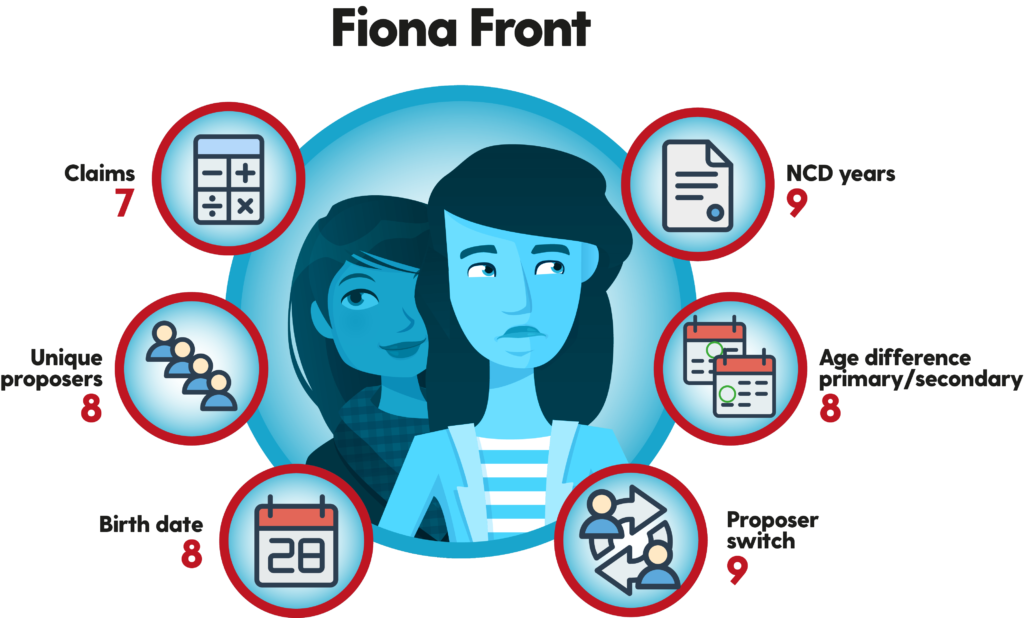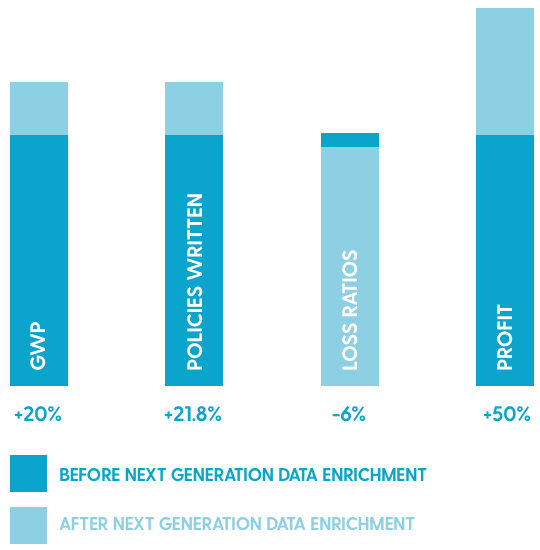Here’s the third instalment of our series of posts on quote manipulation and the different ways in which this can manifest itself.

With premiums reaching an all-time high, especially for young and new drivers where the average recently topped £3000 pa, it’s easy to understand why there is a greater temptation than ever for customers to amend, adapt or even falsify information when completing a quote online in order to lower the price. Unfortunately, as the industry knows to its cost, this activity masks the true risk of an individual driver and deprives insurance providers of the correct premium for that risk.
In the case of fronting, where typically a parent or older driver presents themselves as the main driver for a car which is principally driven by a young or less experienced driver, the difference in premium paid can be substantial, potentially running into the thousands per annum. As such there is a substantial economic gain to be had by falsifying this information and it is likely that the customer doesn’t really think that they’re doing anything wrong – an Insurance Fraud Bureau (IFB) survey last year revealed a quarter of 18 to 24-year-olds would find it acceptable to lie on an insurance application to save money. However, this practice is illegal and could lead to the individual being charged with insurance fraud.
“With prices rising, we understand more young people will be tempted to front on their car insurance to save money, but fronting is never worth the risk,” Jon Radford, head of intelligence, investigations and data services at the IFB, said.
At Percayso we are strong advocates of identifying this behaviour at the point of quote and setting an appropriate strategy to manage it. This involves analysing certain quote fields such as the main proposer(s) and secondary drivers birth dates and building various attributes such as





